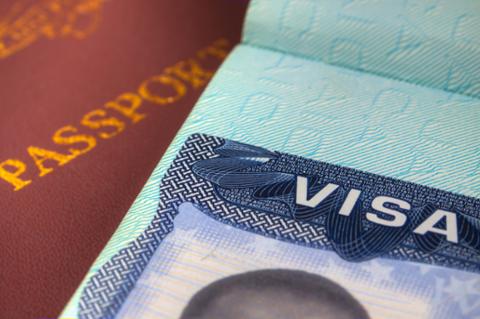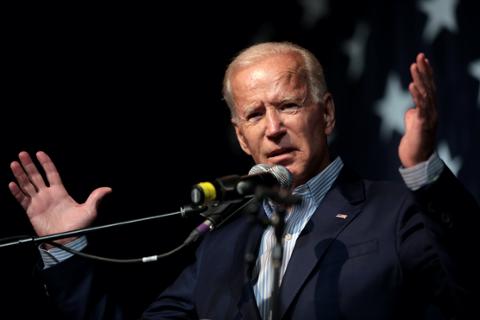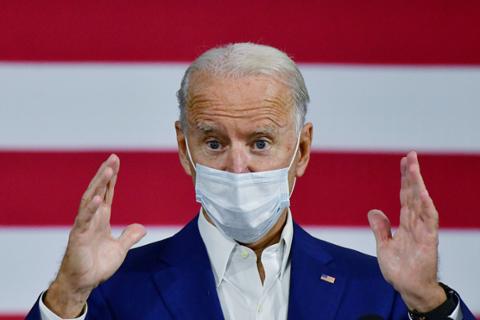The denial rate for H-1B visas dipped throughout the first two quarters of fiscal year 2021, raising the question of whether the Trump administration’s attempts to restrict the visa will have much long-term impact.
According to an analysis by the National Foundation for American Policy (NFAP), the denial rate for H-1B petitions for initial employment hit 7.1 percent during that period, compared to a 28.6 percent denial rate during the first two quarters of fiscal year 2020. NFAP suggests that the decline in the denial rate is largely attributable to federal judges’ rulings against Trump-era H-1B policies.
For example, “[U.S. Citizenship and Immigration Services] was compelled to issue a new policy memo and withdraw a February 2018 memo on ‘Contracts and Itineraries Requirements for H-1B Petitions Involving Third-Party Worksites’ after losing a court case and then agreeing to a settlement with the business group ITServe Alliance,” NFAP states in its latest report. “In addition, USCIS rescinded the ‘Neufeld’ memo, a January 2010 memo interpreted more aggressively during the Trump administration to deny H-1B petitions when companies engaged in work at customer sites by H-1B visa holders.”
Those are just two examples of judges ruling against the Trump administration throughout 2020. “For example, a March 5, 2020, opinion in federal court was decided against USCIS’s interpretation of who qualifies for a specialty occupation after the agency denied an H-1B petition for a Quality Engineer position for InspectionXpert Corporation,” the report continued. “A December 16, 2020, decision by a panel of judges in the U.S. Court of Appeals for the Ninth Circuit concluded that USCIS’s restrictive interpretation of its regulation was arbitrary and capricious when the agency denied an H-1B petition for a computer programmer by claiming the occupation did not meet the definition of a specialty occupation.”
The net result: As you can see from the following chart, the initial H-1B denial rate could be reverting to a pre-Trump mean, at least if the declines between FY 2020 and FY 2021 continue. (Note: FY 2021 on this chart only covers the first two quarters of the fiscal year.)
In the longer-term, the H-1B denial rate may hinge on what the Biden administration decides to do. Biden’s first regulatory agenda, published this summer, hints at the administration’s intention to “modernize” H-1B requirements, although details remain vague.



